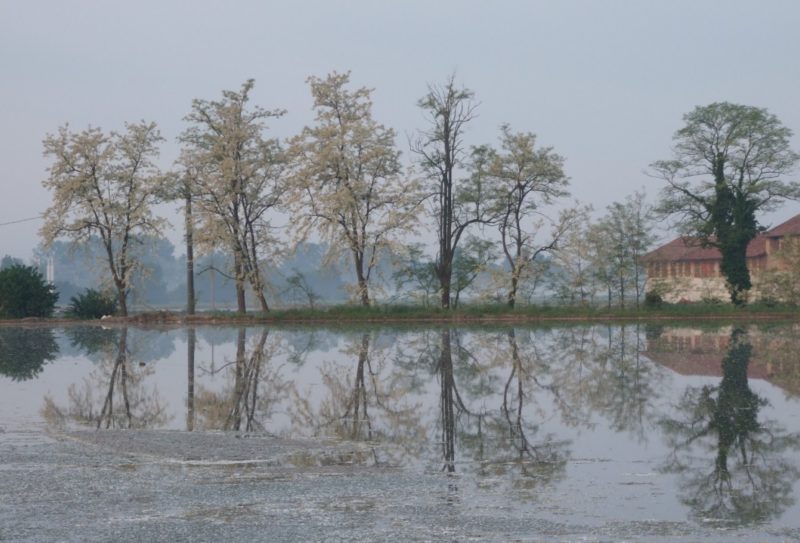
South Milan Agricultural Park
This post is also available in:
 Italiano (Italian)
Italiano (Italian)
This Park, managed by the Metropolitan City of Milan, includes the agricultural and forest areas of 61 municipalities, for a total of 116 acres.
It is a variegated rural and natural system, supported by the historical network of surface and underground water streams that has always been vital to one of the most productive farming land in Europe. The park, therefore, includes farmhouses, castles and abbeys of great historical and cultural value, and natural areas acknowledged at the European level.
The South Milan Agricultural Park represents a unique environment among many similar European facilities such as the ones in London, Paris, and Frankfurt. The park, in fact, features more cultivated areas than the naturalistic ones, but at the same time, it strives to preserve some uncontaminated woodland that has been part of the Po River Valley since ancient times. Local flora and fauna are thus, similarly protected, resulting in a most peculiar “agriculture park” which is also focused on safeguarding the environment and its biodiversity.
The park territory is almost completely flat and served by several waterways (the rivers Lambro, Vettabia, Ticinello, Addetta, and Muzza), as well as by an extensive artificial irrigation network particularly prominent in the Naviglio Grande and Naviglio Pavese. However, several springs actually play the key role when defining the landscape: the outcropping waters have been used for irrigating the countryside, while around them many natural oases with the typical marshland and wetland vegetation can be found, mainly featuring reeds, black and white poplars, willows and black alders. This is, therefore, a water environment where plants and animals have easily found their perfect habitat made of spings, wetland, waterways, and quarry lakes.
The typical wetland vegetation includes black and white poplars, willows, elms, hornbeams, English oaks, field maples, hawthorns, and blackthorns. There are also allochthonous species such as locusts, mulberries, trees of heaven, boxelder maples, Jerusalem artichokes, and ragweed.
Several buildings of architectural interest can be found inside the park, such as the Abbeys of Chiaravalle, Mirasole, and Viboldone, the Castles of Tolcinasco-Zibido San Giacomo, and Cusago, the estate of Trenzanesio, as well as many agricultural facilities and large farmhouses.
For more info: http://www.cittametropolitana.mi.it/portale/URP/chiedilo-allurp/index.html
photo source: https://www.italianostra.org/wp-content/uploads/parco-sud-milano.jpg
This post is also available in:
 Italiano (Italian)
Italiano (Italian)
Contatti
Viale Piceno, 60
800 883311
parcosud@cittametropolitana.milano.it
http://www.cittametropolitana.mi.it/parco_agricolo_sud_milano/contatti/index.html
